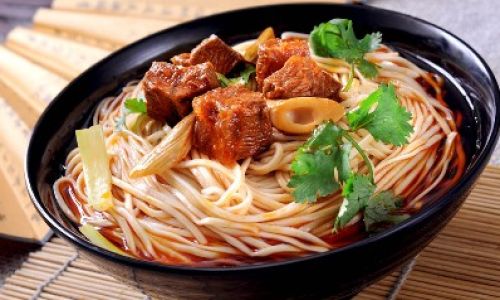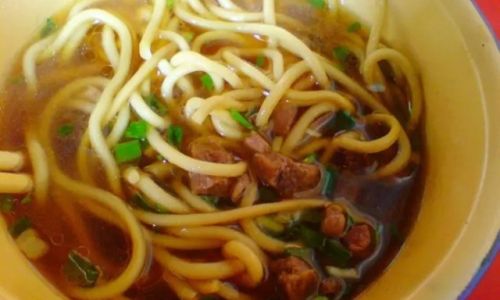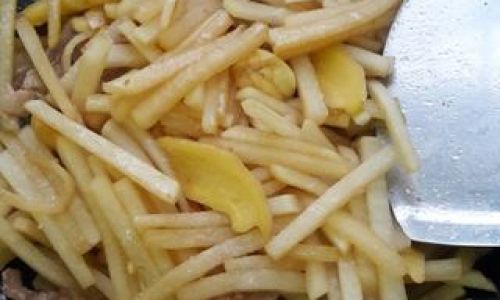Introduction
In an era where health-conscious eating dominates dietary trends, chicken has emerged as a go-to protein source for millions seeking to maintain or lose weight. Its versatility, affordability, and reputation as a “lean meat” have cemented its place in meals ranging from salads to stir-fries. However, not all parts of the chicken are created equal when it comes to nutritional value. While some cuts offer high protein with minimal fat, others are laden with calories and saturated fats that can derail even the most disciplined diet. This article delves into the anatomy of the chicken, dissecting each part’s nutritional profile to answer a critical question: Which part of the chicken won’t make you fat?
By exploring the differences between breast, thigh, wing, and drumstick meat—as well as the impact of preparation methods—this guide equips readers with the knowledge to make informed choices aligned with their health goals.
The Chicken’s Anatomy: A Nutritional Breakdown
To understand which part of the chicken is least likely to contribute to weight gain, it’s essential to analyze the nutritional content of each section. Chickens, like all animals, store fat in specific areas, and these deposits vary depending on the bird’s age, diet, and activity level.
- Chicken Breast: The Leanest Choice
The chicken breast, located on the upper portion of the bird, is widely regarded as the healthiest cut. Composed primarily of white meat, it is exceptionally low in fat and high in protein. A 100-gram serving of skinless, boneless chicken breast contains approximately:
- Calories: 165
- Protein: 31 grams
- Fat: 3.6 grams (1 gram saturated)
- Carbohydrates: 0 grams
This macronutrient profile makes chicken breast an ideal choice for those aiming to build muscle, control calorie intake, or reduce fat consumption. Its low saturated fat content also supports heart health, as excessive saturated fat intake is linked to elevated cholesterol levels.

- Chicken Thighs: The Flavorful Compromise
Chicken thighs, found on the bird’s lower body, are darker, richer, and more flavorful than breast meat. However, this enhanced taste comes at a nutritional cost. A 100-gram serving of skinless, boneless thigh meat contains:
- Calories: 209
- Protein: 26 grams
- Fat: 10.9 grams (3 grams saturated)
The higher fat content in thighs is primarily due to the dark meat’s role in sustaining the bird’s energy reserves. While still a decent protein source, thighs contain nearly three times the fat of breast meat. This makes them less optimal for strict low-fat diets but manageable in moderation.
- Chicken Wings: The Caloric Pitfall
Chicken wings, though small, pack a surprising caloric punch. A 100-gram serving of wings (skin-on) provides:
- Calories: 290
- Protein: 27 grams
- Fat: 19.5 grams (5.3 grams saturated)
The high fat content stems from the wings’ skin and the meat’s proximity to fatty deposits. Additionally, wings are often fried or coated in sugary sauces, further increasing their caloric density.
- Chicken Drumsticks: The Balancing Act
Drumsticks, the lower portion of the chicken’s leg, strike a middle ground between thighs and breasts. A 100-gram skinless drumstick contains:
- Calories: 172
- Protein: 28 grams
- Fat: 5.7 grams (1.6 grams saturated)
While drumsticks are leaner than thighs, their fat content remains higher than that of breast meat.
The Skin Factor: Friend or Foe?
One of the most critical variables in determining a chicken part’s fat content is whether the skin is consumed. Chicken skin, while crispy and flavorful, is composed almost entirely of fat. For example, a 100-gram serving of roasted chicken breast with skin contains 6.7 grams of fat, compared to 3.6 grams without the skin. Similarly, thigh meat with skin jumps to 13.5 grams of fat per serving.
For weight management, removing the skin is non-negotiable. This simple step can reduce a meal’s caloric intake by up to 50%, depending on the cut.
Cooking Methods: How Preparation Influences Fat Content
The way chicken is cooked can either amplify or mitigate its fat content. Here’s a breakdown of common techniques:

-
Grilling, Baking, and Roasting
These dry-heat methods allow fat to drip away from the meat, resulting in lower calorie counts. For instance, grilled chicken breast retains minimal fat, while baked thighs lose some of their inherent fat during cooking. -
Frying
Deep-frying chicken submerges it in oil, drastically increasing fat and calorie content. Even a “healthy” cut like breast meat can become calorie-dense when fried. -
Sautéing and Stir-Frying
Using minimal oil (e.g., a teaspoon of olive oil) can keep fat levels in check, but excessive oil or butter negates this benefit. -
Breading and Battering
Coatings like breadcrumbs or flour absorb oil during cooking, adding empty calories. Skinless, boneless breast meat breaded and fried can contain over 300 calories per 100-gram serving.
The Role of Protein in Weight Management
Protein is the cornerstone of any weight-loss diet. It promotes satiety, preserves lean muscle mass, and requires more energy to digest than carbohydrates or fats (a phenomenon known as the thermic effect of food). Chicken breast, with its high protein-to-fat ratio, is particularly effective in this regard.
A study published in the American Journal of Clinical Nutrition found that high-protein diets increased feelings of fullness and reduced late-night snacking compared to standard-protein diets. By prioritizing lean chicken cuts, individuals can harness this effect to control calorie intake effortlessly.

Debunking Myths: Does Eating Chicken at Night Cause Weight Gain?
A persistent myth suggests that consuming chicken (or any protein) at night leads to weight gain. However, no scientific evidence supports this claim. Weight gain occurs when calorie intake exceeds expenditure, regardless of the time of day. That said, late-night meals may disrupt sleep or digestion, indirectly affecting weight management.
Incorporating Chicken into a Balanced Diet
To maximize the weight-loss benefits of chicken, consider the following strategies:
-
Portion Control
Even lean cuts can contribute to weight gain if consumed in excess. A standard serving of chicken breast is 3–4 ounces (85–113 grams), roughly the size of a deck of cards. -
Pair with Fiber and Vegetables
Combining chicken with high-fiber foods like broccoli, spinach, or quinoa enhances satiety and stabilizes blood sugar levels. -
Experiment with Herbs and Spices
Marinades and seasonings (e.g., lemon, garlic, paprika) add flavor without calories, reducing the temptation to rely on high-fat sauces. -
Meal Prep
Batch-cooking chicken breast ensures a ready supply of lean protein, minimizing reliance on calorie-heavy convenience foods.
The Verdict: Which Part Won’t Make You Fat?
After analyzing the data, the chicken breast emerges as the clear winner for those seeking to avoid weight gain. Its low fat and calorie content, coupled with high protein levels, make it an optimal choice for weight management. Thighs and drumsticks can be enjoyed occasionally, provided portions are controlled and skin is removed. Wings, due to their high fat content and caloric density, should be consumed sparingly.
Beyond the Bird: Comparing Chicken to Other Proteins
How does chicken stack up against other animal proteins?
- Beef: Even lean cuts like sirloin contain more saturated fat than chicken breast.
- Pork: A 100-gram pork chop has 6.2 grams of fat (2.3 grams saturated), slightly more than chicken breast.
- Fish: Salmon and tuna offer heart-healthy omega-3 fats but may contain more calories depending on preparation.
Chicken’s versatility and nutritional profile make it a standout choice for most diets.
Conclusion
The quest to identify the chicken part that won’t make you fat leads to one indisputable conclusion: the breast reigns supreme. By prioritizing this lean cut, removing the skin, and employing healthy cooking methods, individuals can enjoy the benefits of poultry without compromising their weight-loss goals. However, no single food guarantees weight management; success hinges on balance, portion control, and an active lifestyle.
In a world where dietary advice often conflicts, chicken breast offers a reliable, science-backed option for those striving to eat healthier. Whether grilled, baked, or sliced into salads, this humble cut proves that nutrition and flavor need not be mutually exclusive. So the next time you’re at the grocery store, reach for the breast—your waistline will thank you.





0 comments